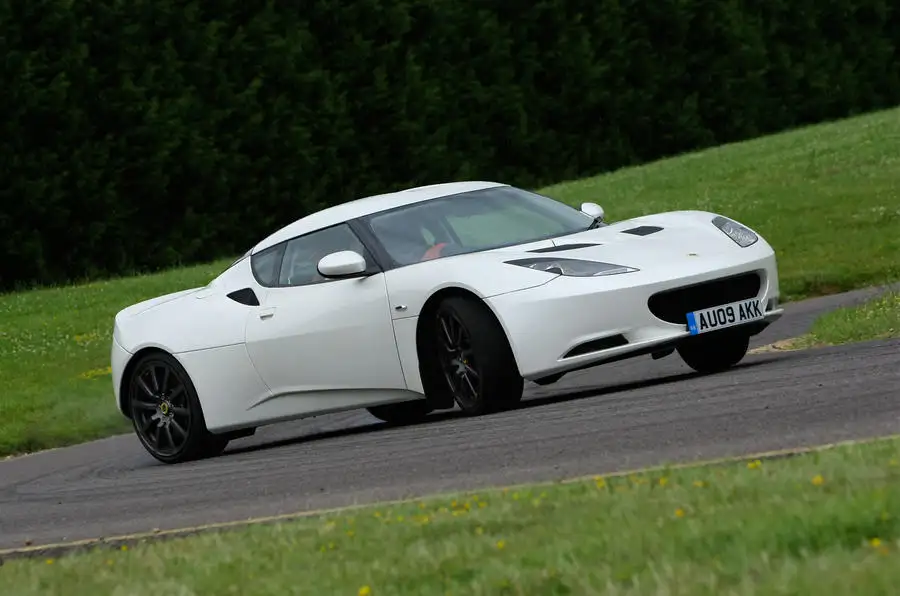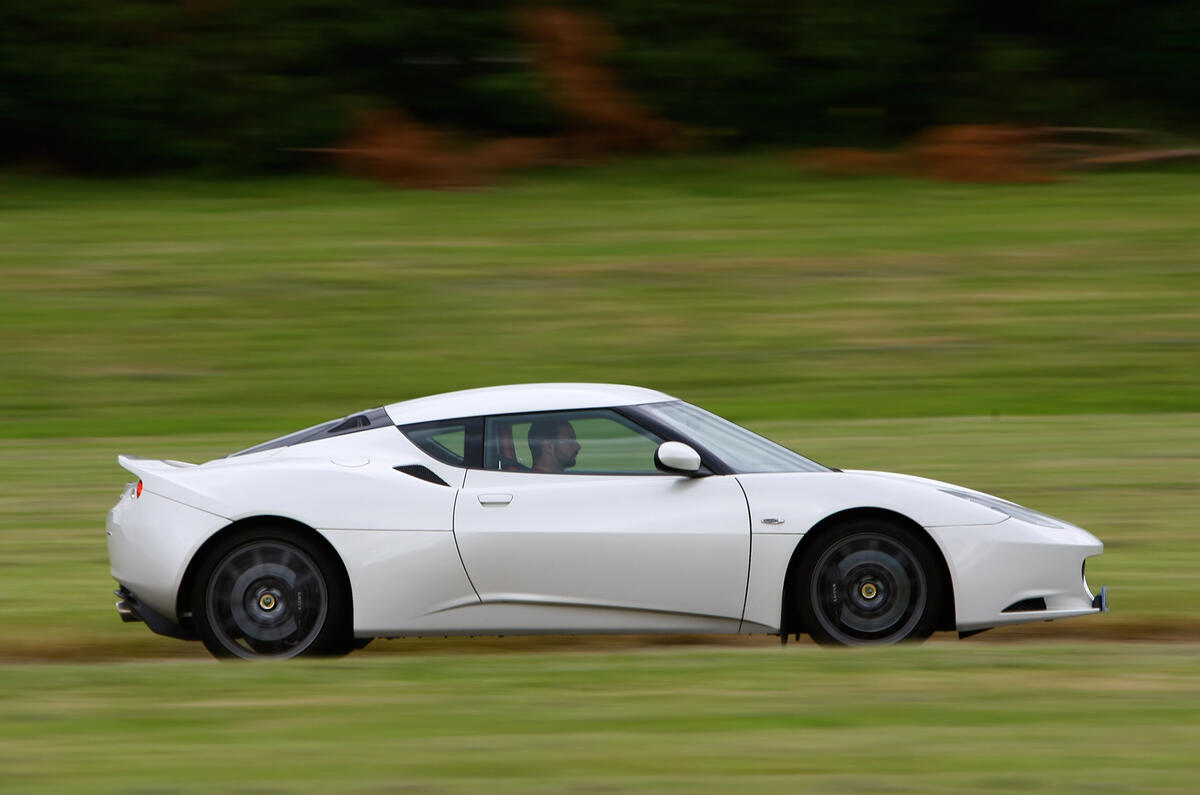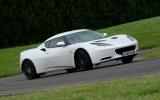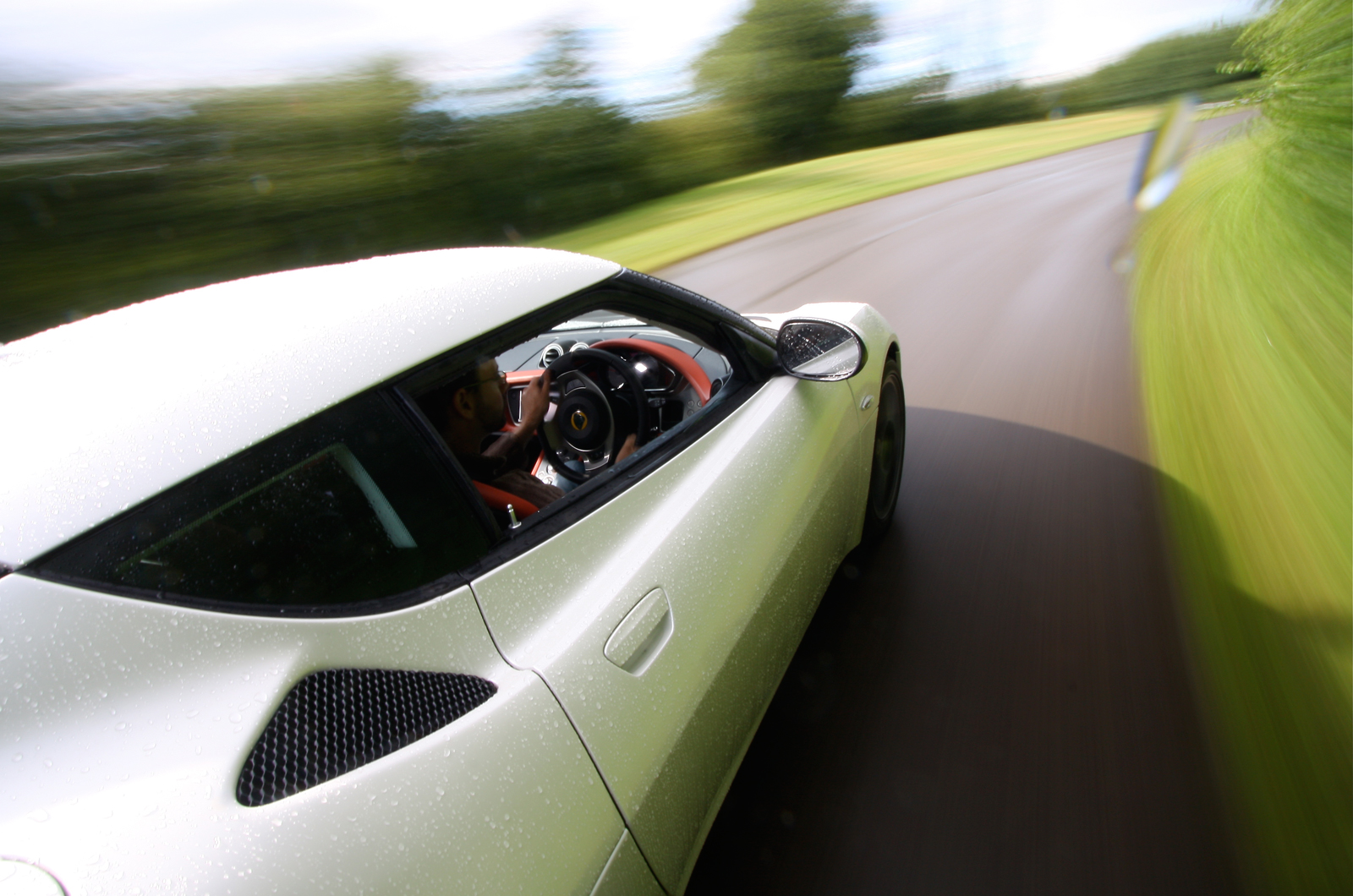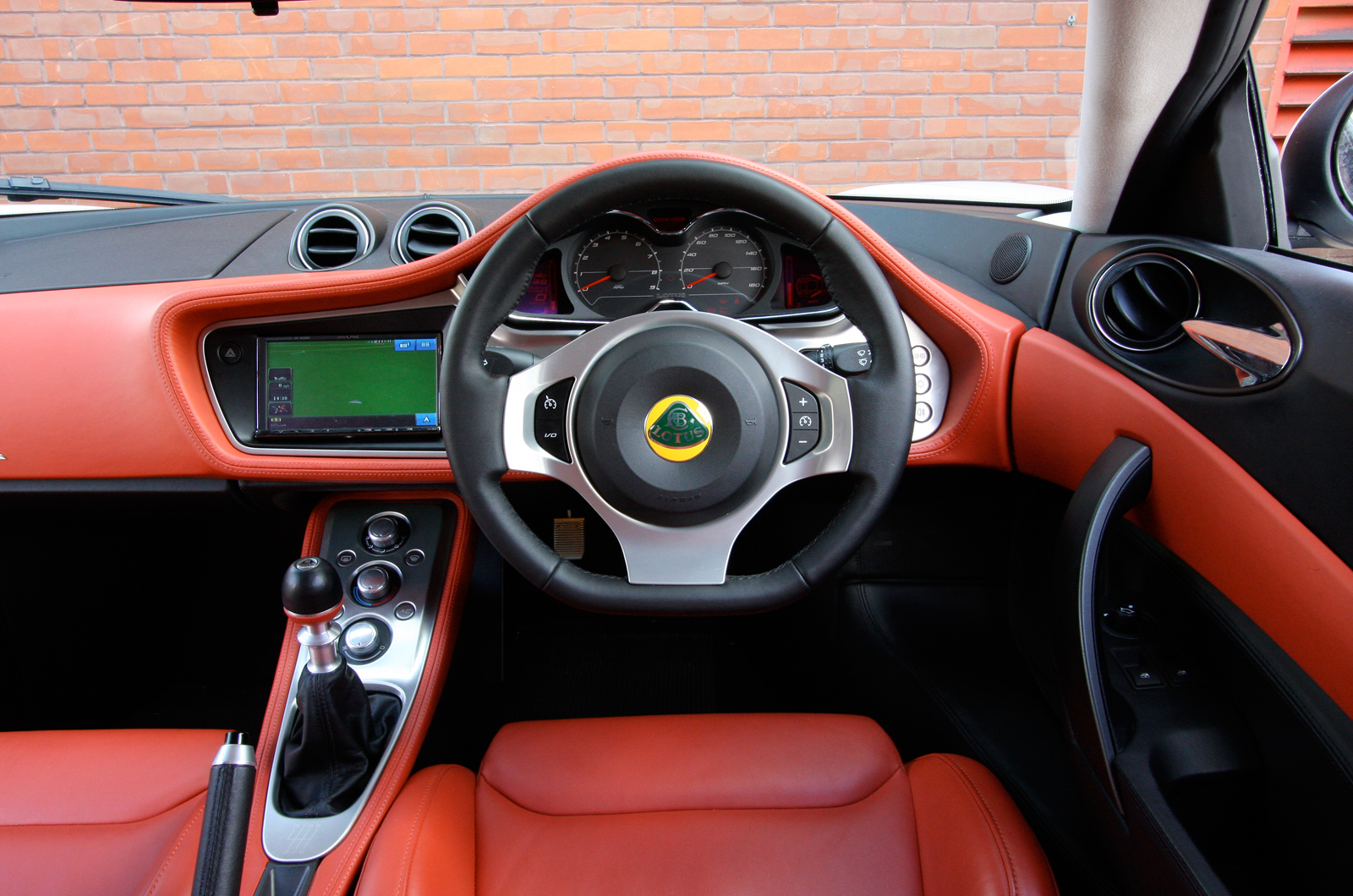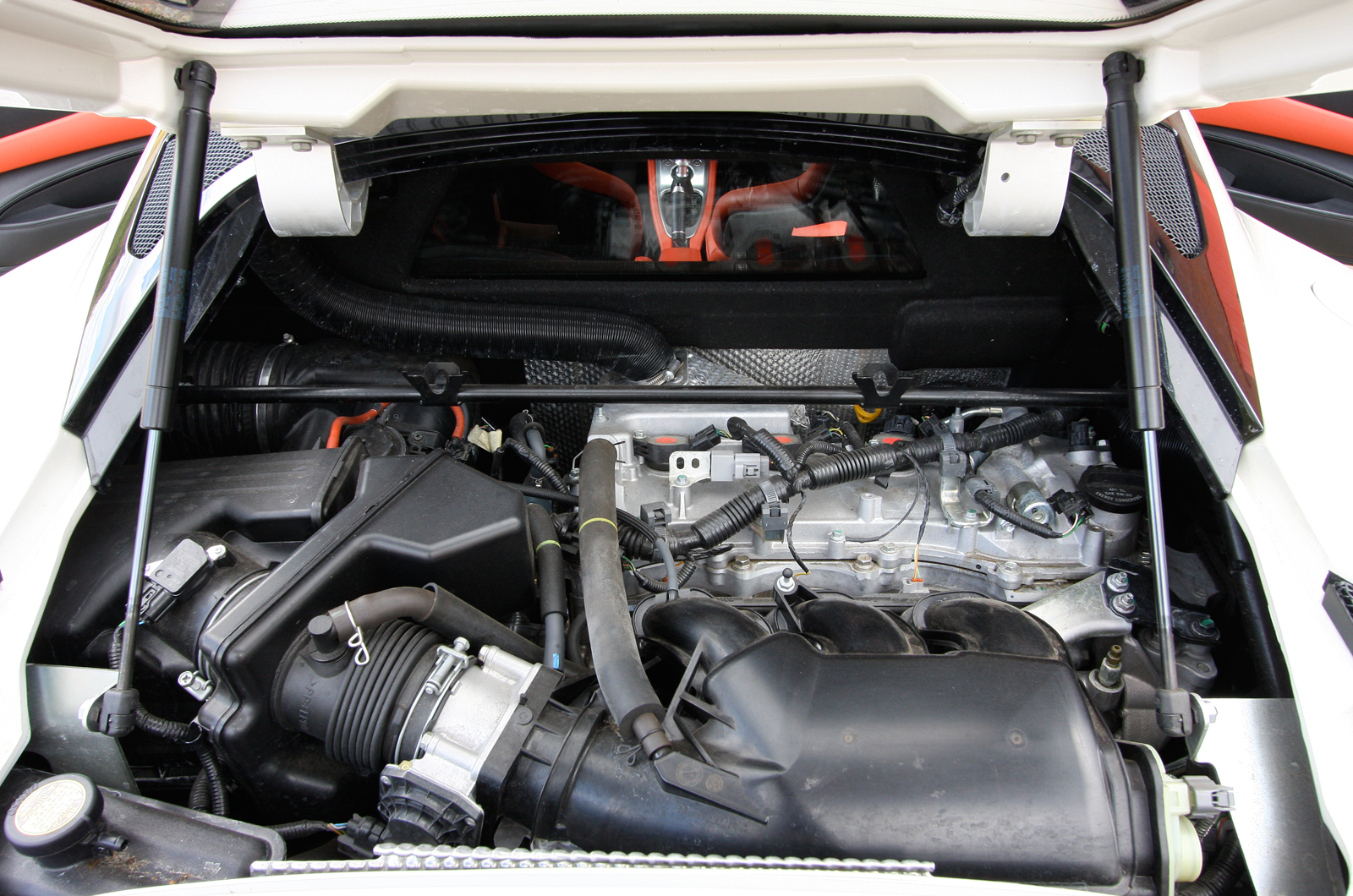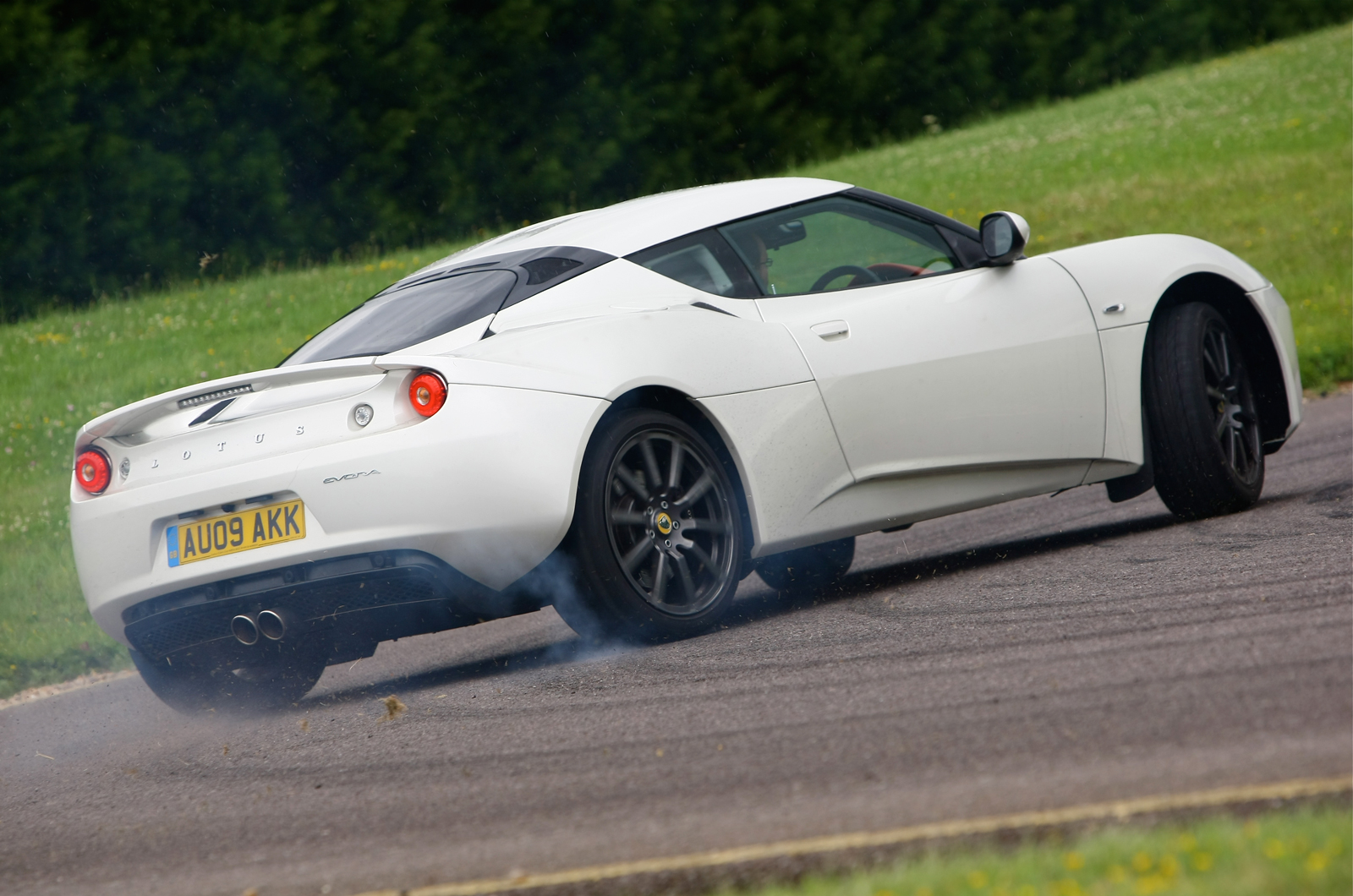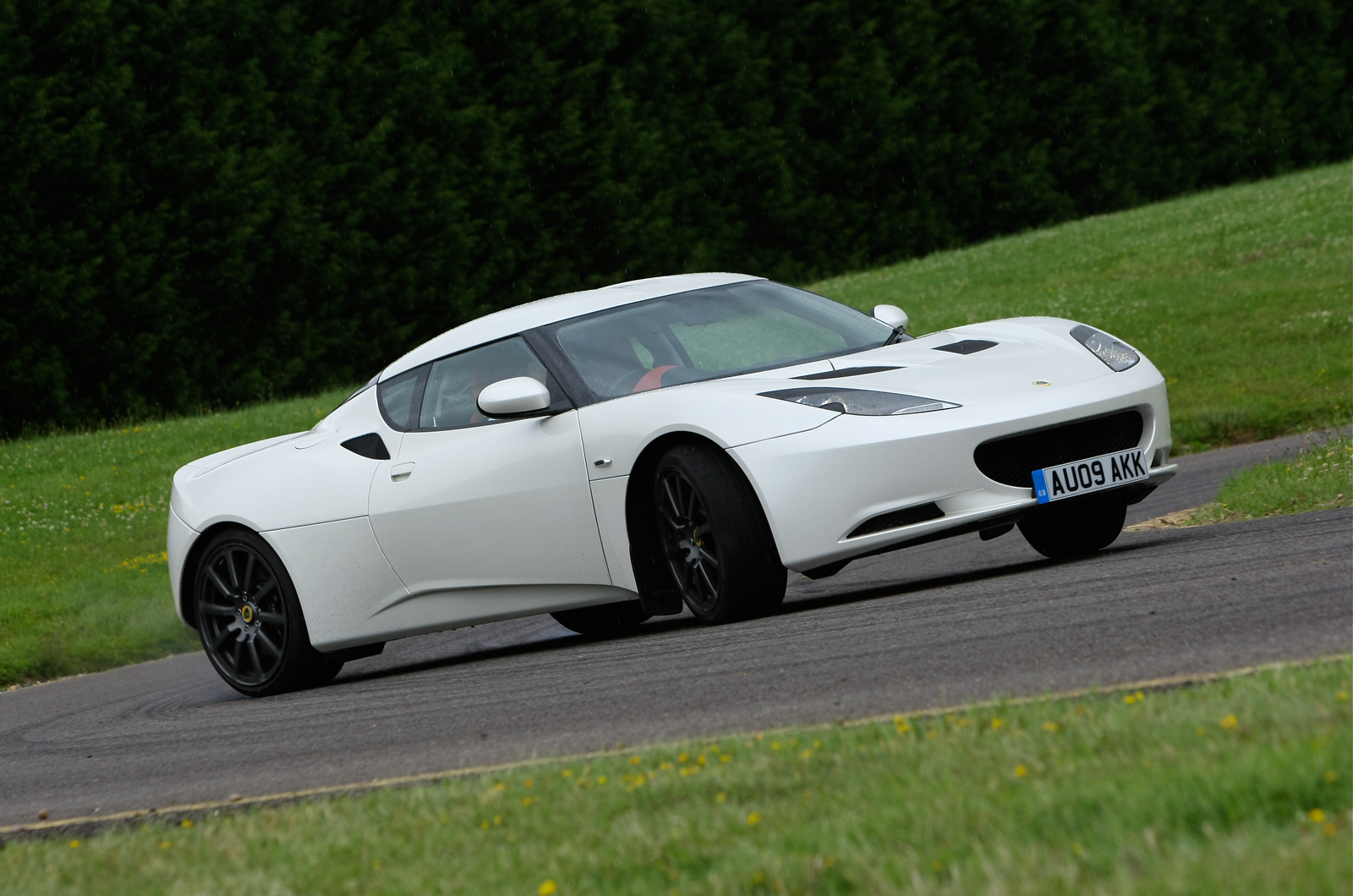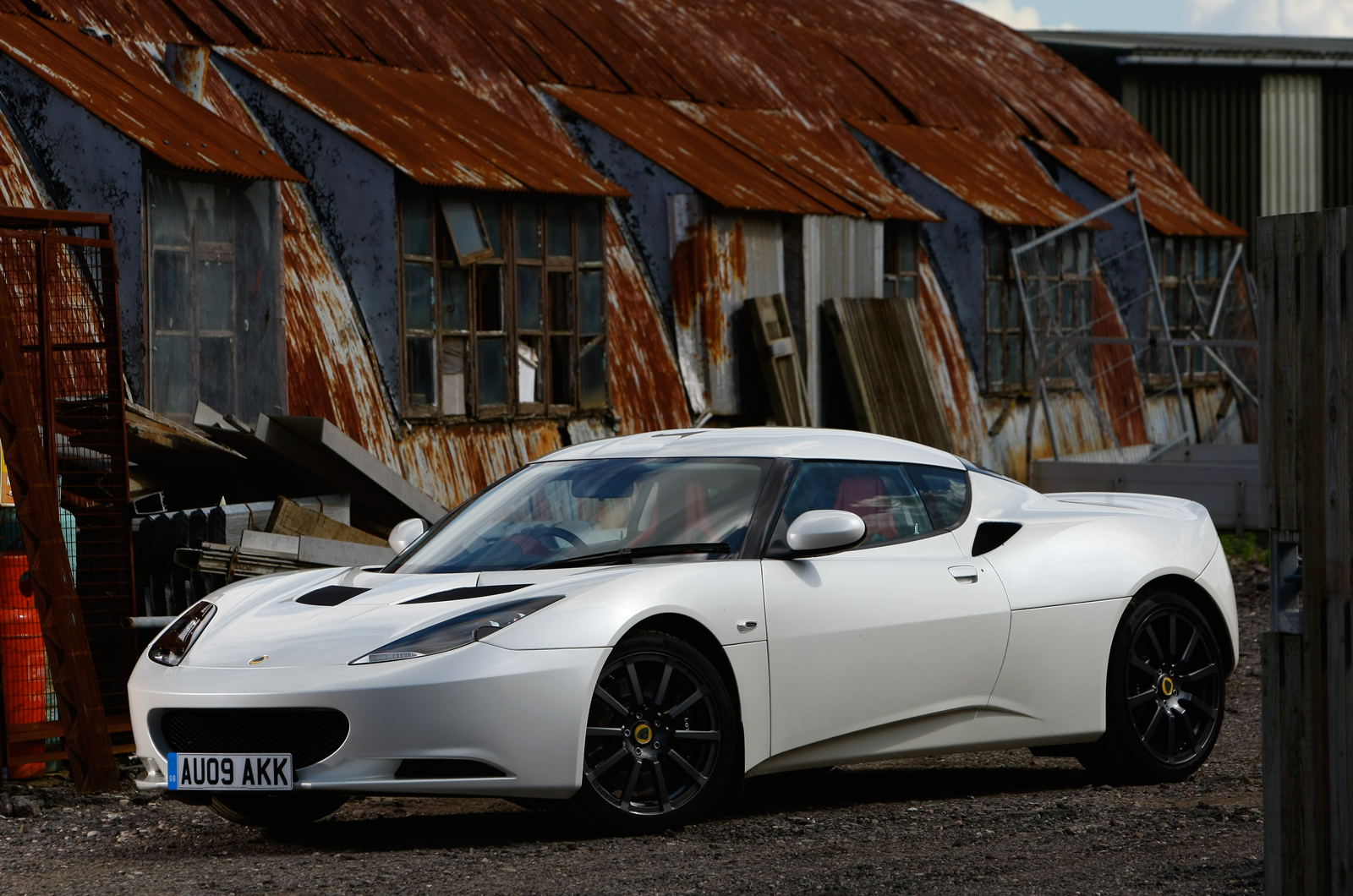The Evora is the first Lotus to be based on a ‘new’ (read bigger) platform, even though it still uses the aluminium architecture first seen on the Elise in 1996.
Launched at the London motor show in 2009, the Evora was “the first part of a three-car, five-year grand plan”, according to Lotus’s management at the time. That line-up was due to be completed by a new Esprit in 2011; instead, new management has announced different, rather bolder ambitions.
Given you’re reading this, you’ll be aware of Lotus’s model roll-out plans – the ones that redefine the word ‘ambitious’ in the automotive arena. But until the new cars arrive – and they’ll start with a V8-powered Esprit in the not-too-distant future – there’s the small matter of keeping the current line-up flowing out of the factory.
The Lotus Elise, we’ve no doubt, will always find itself owners. The Europa and Evora seem to have found it more difficult. Lotus’s answer for the Europa was to quietly drop it from the range. The Evora, on the other hand, now gets the power it always deserved and was easily capable of handling from the start in supercharged models. Lotus heavily revised the Evora for 2016, chief among which was the power increase with the entry-level Evora 400 producing, unsurprisingly, 400bhp and 302lb ft of peak twist and reduced weight by 42kg. Propping up the range is the Sport 410 which can be likened to the stripped out and lightened Ferrari Speciale models or the Porsche 911 GT3, which gets a modest 10bhp more than the standard car but astoundingly manages to weigh in 70kg less too.


